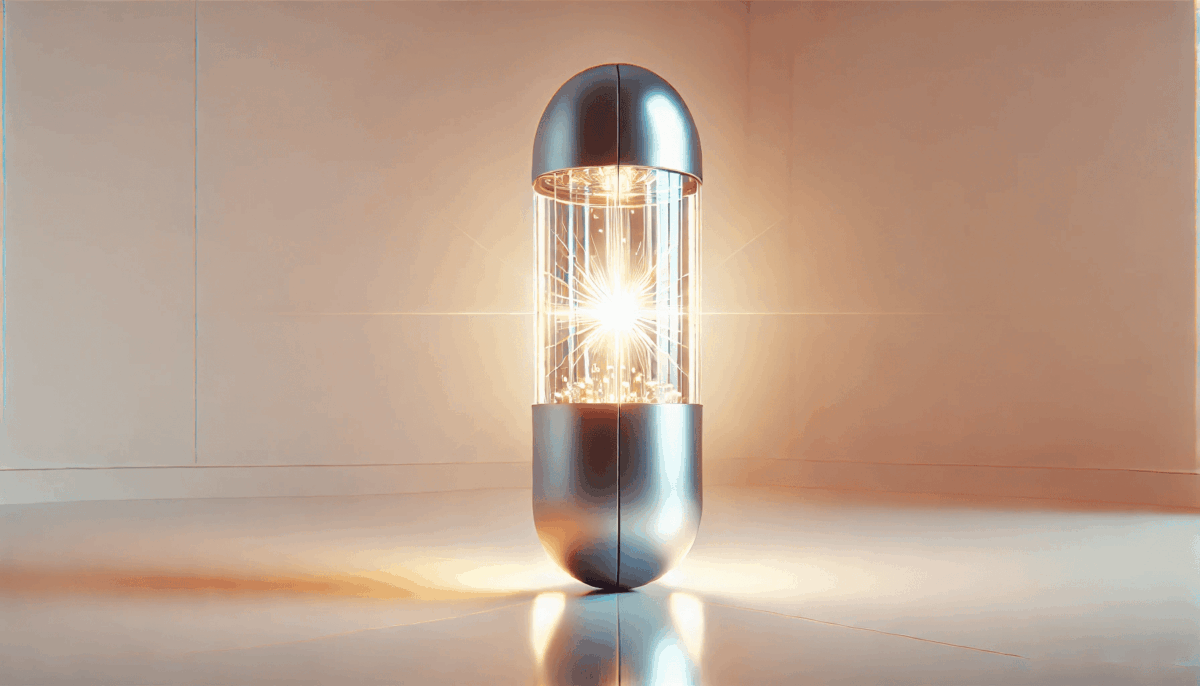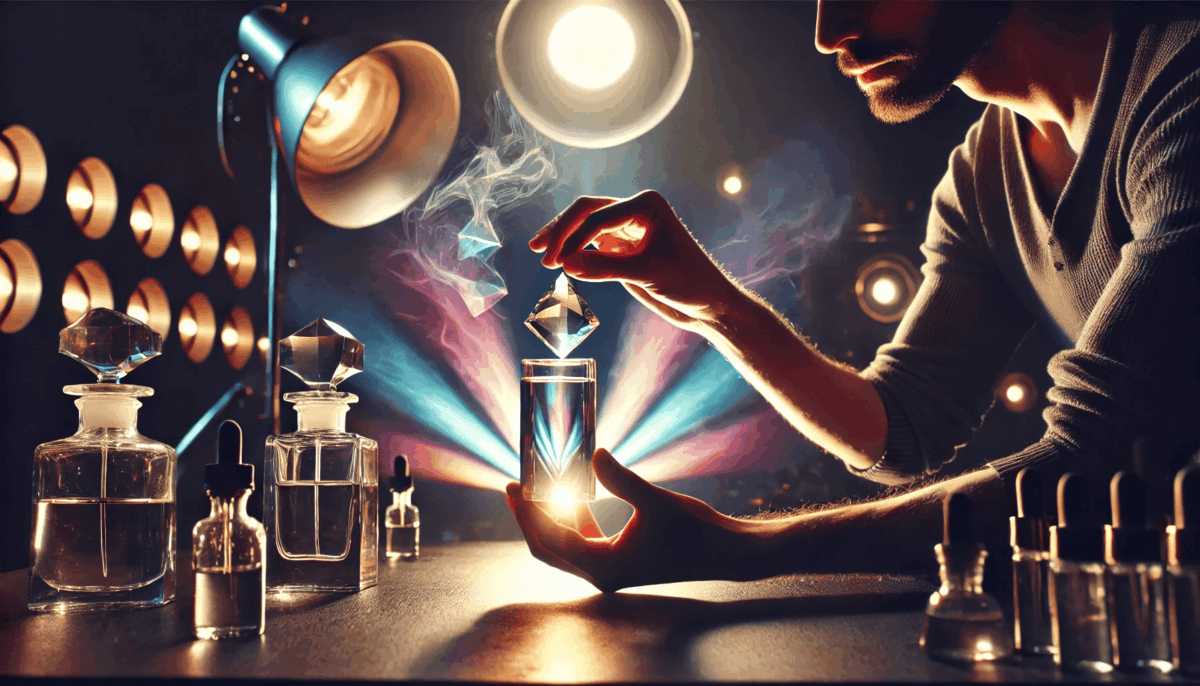The Role of Dopamine in Motivation and Reward
Dopamine is often called the “motivation molecule” because of its critical role in driving goal-directed behavior. It acts as a chemical messenger in the brain, transmitting signals that help us anticipate rewards and feel pleasure when we achieve them. This neurochemical is released in response to positive experiences, whether it’s enjoying a delicious meal, hearing good news, or reaching a personal milestone. The anticipation of these rewards can push us to work harder, stay focused, and overcome obstacles, making dopamine a key factor in both productivity and life satisfaction.
However, dopamine’s influence extends beyond simple pleasure. It plays a significant role in learning and habit formation, helping the brain recognize patterns and associate certain actions with desirable outcomes. When dopamine signaling is optimal, people tend to feel energized, curious, and driven to explore new opportunities. On the other hand, too little dopamine can result in low motivation and apathy, while excessive dopamine activity may contribute to impulsive or risky behaviors. This balance is essential for maintaining healthy, sustainable motivation over time.
Serotonin’s Influence on Mood and Emotional Stability
Serotonin is closely tied to our emotional well-being and is often linked to feelings of calmness, satisfaction, and happiness. It regulates mood, anxiety levels, and overall emotional stability by influencing neural circuits involved in processing emotions. Serotonin also contributes to other bodily functions, such as appetite regulation, sleep patterns, and digestion, making it a multifaceted player in overall health. Maintaining stable serotonin levels is important for avoiding mood swings and for fostering a sense of inner peace and resilience.
An interesting aspect of serotonin is its relationship with social behavior. Higher serotonin activity can enhance feelings of trust, empathy, and cooperation, which are essential for building strong interpersonal relationships. Conversely, low serotonin levels have been linked to irritability, sadness, and difficulty managing stress. By understanding serotonin’s role, it becomes possible to identify lifestyle choices and habits—such as proper nutrition, physical activity, and healthy sleep—that can help sustain emotional stability and well-being.
How Dopamine and Serotonin Interact in the Brain
Although dopamine and serotonin have distinct functions, they work together to create a balanced mental state. Dopamine’s reward-oriented focus often complements serotonin’s calming and stabilizing effects. For instance, dopamine can drive a person to take action toward a goal, while serotonin can ensure that this pursuit does not lead to excessive stress or impulsive decision-making. The interplay between these two chemicals allows for both motivation and a sense of satisfaction once a goal is achieved.
Disruptions in the relationship between dopamine and serotonin can lead to various mental health challenges. If dopamine activity outweighs serotonin’s stabilizing influence, individuals may chase rewards recklessly, seeking constant stimulation. On the other hand, if serotonin levels are high but dopamine is low, motivation and drive may suffer, leading to passivity. Understanding how these systems interact opens the door for better approaches to managing mood, motivation, and mental resilience through lifestyle changes or therapeutic strategies.
Factors That Disrupt Neurochemical Balance
Neurochemical balance can be disrupted by a variety of internal and external factors. Chronic stress, for example, floods the brain with stress hormones, which can interfere with the natural production and regulation of dopamine and serotonin. Poor diet, lack of physical activity, and inadequate sleep can also hinder the body’s ability to synthesize and release these neurotransmitters effectively. Over time, these imbalances can contribute to issues such as anxiety, depression, and burnout.
Environmental influences also play a role. Excessive screen time, constant exposure to digital stimulation, and certain substance use can alter reward pathways in the brain, causing shifts in dopamine responsiveness. Similarly, social isolation or toxic relationships can deplete serotonin levels by limiting opportunities for positive social interaction. Recognizing these disruptors is the first step toward protecting mental health and maintaining a stable neurochemical environment.
Strategies to Support Healthy Dopamine and Serotonin Levels
Supporting healthy dopamine and serotonin levels requires a proactive and balanced approach to daily living. Regular exercise, for example, boosts dopamine production and increases serotonin activity, creating both immediate and long-term benefits for mood and motivation. A nutrient-rich diet, especially one containing amino acids like tryptophan and tyrosine, provides the building blocks necessary for neurotransmitter synthesis. Adequate sunlight exposure can also help regulate serotonin levels and improve sleep quality, indirectly benefiting dopamine balance as well.
Mindful practices such as meditation, journaling, and gratitude exercises can support both neurochemicals by fostering positive emotions and reducing stress. Building strong social connections and engaging in meaningful activities can further enhance serotonin’s stabilizing effects while also triggering dopamine’s reward systems. By combining these lifestyle habits, it is possible to create an environment in which both dopamine and serotonin work in harmony, supporting mental clarity, resilience, and overall life satisfaction.
The Future of Neurochemical Research in Mental Health
Research into dopamine and serotonin continues to reveal new insights into how these chemicals influence human behavior and mental health. As scientists gain a deeper understanding of their functions, there is potential to develop more effective approaches for maintaining balance and treating related disorders. This includes both non-pharmaceutical interventions, such as lifestyle modifications, and innovative medical treatments that target specific aspects of neurochemical function.
Key areas of interest in the future of neurochemical research include:
- Exploring the genetic factors that influence dopamine and serotonin production.
- Developing targeted therapies that can adjust specific neurotransmitter pathways.
- Investigating the role of gut health in serotonin regulation.
- Studying how technology use affects long-term dopamine sensitivity.
- Creating personalized mental health plans based on individual neurochemical profiles.
As this research advances, it may lead to new strategies that not only address mental health challenges more effectively but also help people achieve optimal cognitive and emotional performance in daily life.
Questions and Answers
Answer 1: It drives motivation, reward anticipation, and helps form habits.
Answer 2: It regulates mood, reduces anxiety, and supports calmness and well-being.
Answer 3: It ensures motivation is balanced with emotional stability and prevents extremes in behavior.
Answer 4: Chronic stress, poor lifestyle habits, excessive screen time, and social isolation.
Answer 5: Regular exercise, a balanced diet, good sleep, mindfulness, and strong social connections.




